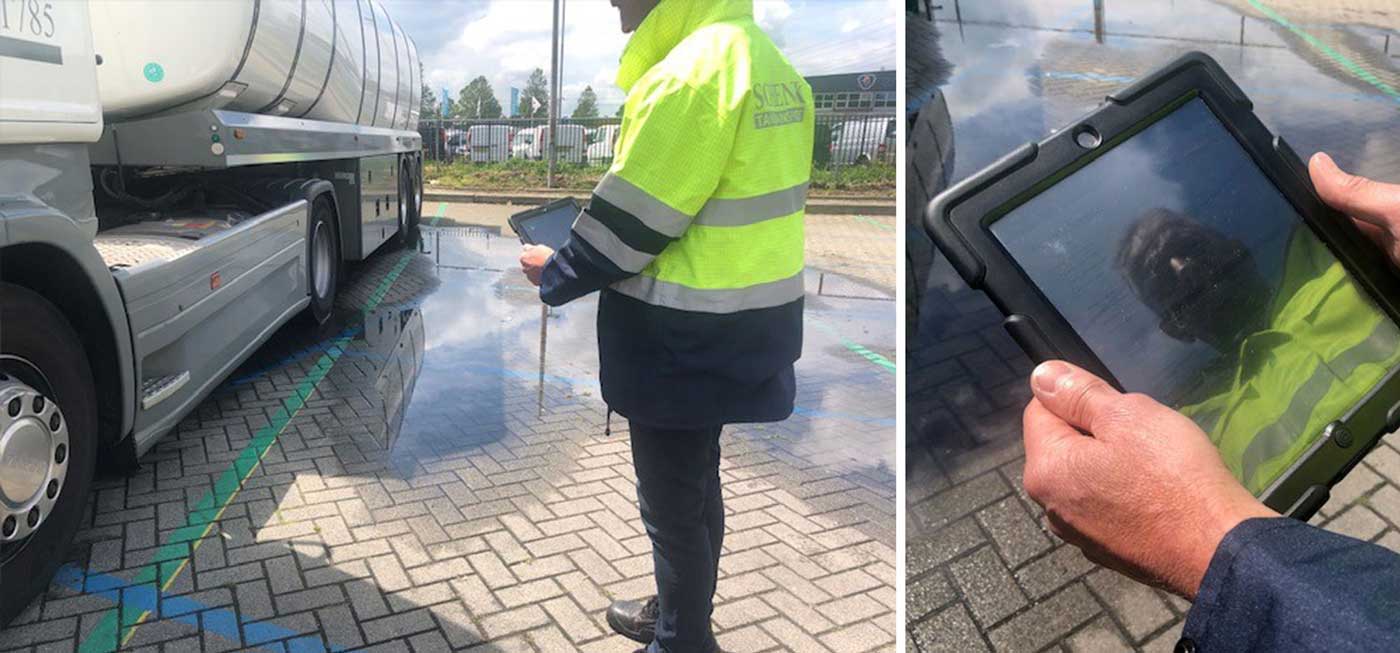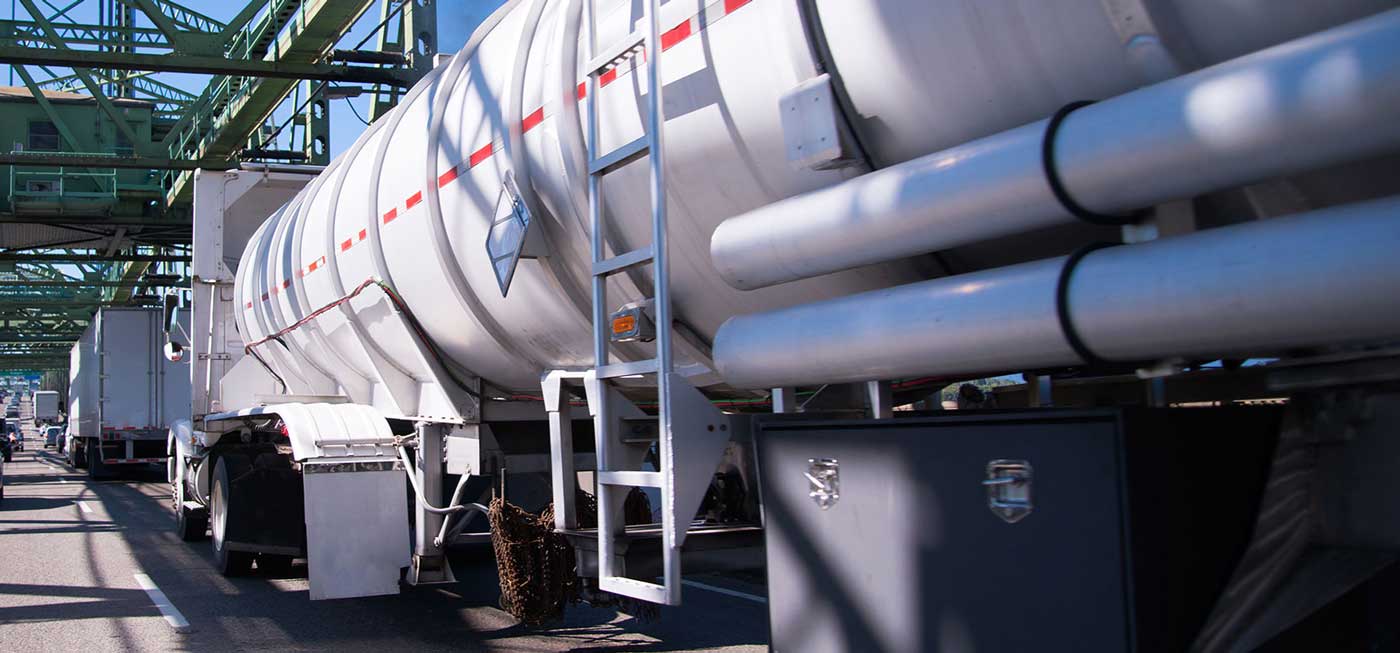“In the time that we have been using GoFormz, we have saved tens of thousands of Euros.”

GOFORMZ CASE STUDY

AT-A-GLANCE
Schenk Tanktransport sought a mobile forms solution to streamline and improve their inefficient and time-consuming driver observation procedure – from form completion to processing.
Schenk Tanktransport digitized their driver observation forms using GoFormz, eliminating the need for their problematic paper versions and accelerating form completion, processing, and storage.
THE FULL STORY
Established in 1925, Schenk Tanktransport is a dynamic and specialized international tank transport company servicing the Netherlands, Belgium, Luxembourg, Germany and Poland. With over 1,400 employees, Schenk Tanktransport continues to grow and establish themselves as market leaders, while continuing to prioritize their values of Safety First, Expertise, Innovation and being a Family-Owned Business.
Operating in the business of transporting dangerous goods like diesel, gasoline and other types of chemicals, it is important for Schenk Tanktransport to ensure that their drivers are carefully following company policy and procedures. Prior to the summer of 2014, Schenk relied on paper-based Driver Observation Forms, which created a multitude of inefficiencies. Whether it was the significant time spent filling out forms in the field or the time used for processing and storing forms, the Schenk team knew there was room for improvement. Thankfully it did not take them long to discover GoFormz Mobile Forms.

Robin Coertjens, QHSSE (Quality, Health, Safety, Security and Environment) Employee and Security Advisor at Schenk Tanktransport, has led the Schenk team’s migration from paper to mobile forms since 2015. Robin’s role requires him to make sure things are running smoothly in the field, to create and enforce company policy and procedures, and — most important of all — to make sure drivers get home safely. This is why digitizing and optimizing the Driver Observation form was a priority for Robin when digitizing Schenk’s forms.
“The first stage was a pen and paper form that our guys were filling out in the field. We wanted to make it easier. We wanted these forms to be easily accessible digitally and to be digitally stored.”
The Driver Observation Form is completed out in the field by Operational Supervisors who use the form to document loading and unloading processes performed by a driver, as well as other critical points of inspection. Using paper for these forms was a cumbersome process that created a huge data processing bottleneck and reduced data transparency. The initial version of the digitized form was simple, seamlessly capturing critical data through a series of questions and drop-downs. Images, Signatures and Automatic Calculations were added in later versions to capture richer, more compelling and more accurate data. Operational Supervisors can now fill out the form on a mobile device and easily gather any required digital signatures. Once the form is completed, it is automatically emailed to all relevant parties.
Since digitizing the Driver Observation Form, Schenk Tanktransport has achieved great efficiency gains. In the field, inspections are completed much faster and result in more accurate data, thanks to the checks and balances built into the form to ensure that all data is captured before the form is completed. Back at the office, the difference has been even more remarkable, with form processing times reduced three-fold. In the past, it took one full time employee three days each week to sift through the completed forms; now, this work can be completed in a single day.
“This form made it way more easy, way more efficient to collect data from the field.”
Digitizing the Driver Observation Form has also resulted in greater transparency and customer satisfaction. Completed forms are automatically emailed to management and entered into a database. The Schenk Tanktransport team also generates reports on which drivers have been observed and what the outcomes were, giving management better insight into driver performance and adherence to procedures. These reports then allow the team to gather all observations on each driver and share them with interested clients, giving those customers the peace of mind that they need.

After experiencing great results from the Driver Observation Form, Robin quickly moved ahead and began to digitize more of Schenk Tanktransport’s forms. Among these forms, the Activities form has been one of their most impactful. This form’s purpose is to simply track all of an employee’s daily activities and how much time they spent on each. According to Robin, the Schenk team went from a system with no tracking, to a system where they could monitor data on what their team was doing down to the minute. This insight has opened new opportunities for the management team to make real-time decisions on how to best guide and direct their employees.
Schenk Tanktransport now relies on GoFormz for many of their data capture needs, with over 30 form templates, including several that are used on a day-to-day basis. Each form is routed to the appropriate email addresses and entered into the appropriate database, giving management far greater visibility into field operations. Reports are generated based on this data, allowing the Schenk Tanktransport team to make more informed business decisions. And where necessary this added transparency has been passed through to customers, increasing customer satisfaction.
Since moving to the GoFormz Mobile Forms platform, the Schenk Tanktransport team continues to digitize more and more of their paper forms. Robin has led this effort, and jokes that building and introducing new forms with GoFormz is “easy peasy”. As they introduce new forms, Robin and other Schenk employees construct them with the GoFormz platform in mind. This means that not only are new forms being created, but Robin and his team are now redeveloping old forms to better optimize how they are completed and/or processed.
“[GoFormz] made life easier for them, it gave them some more incentive to come up with their own ideas for forms or adjustments to forms. We hope to enter more and more forms into GoFormz, and get more data out of it in a more effective way.”